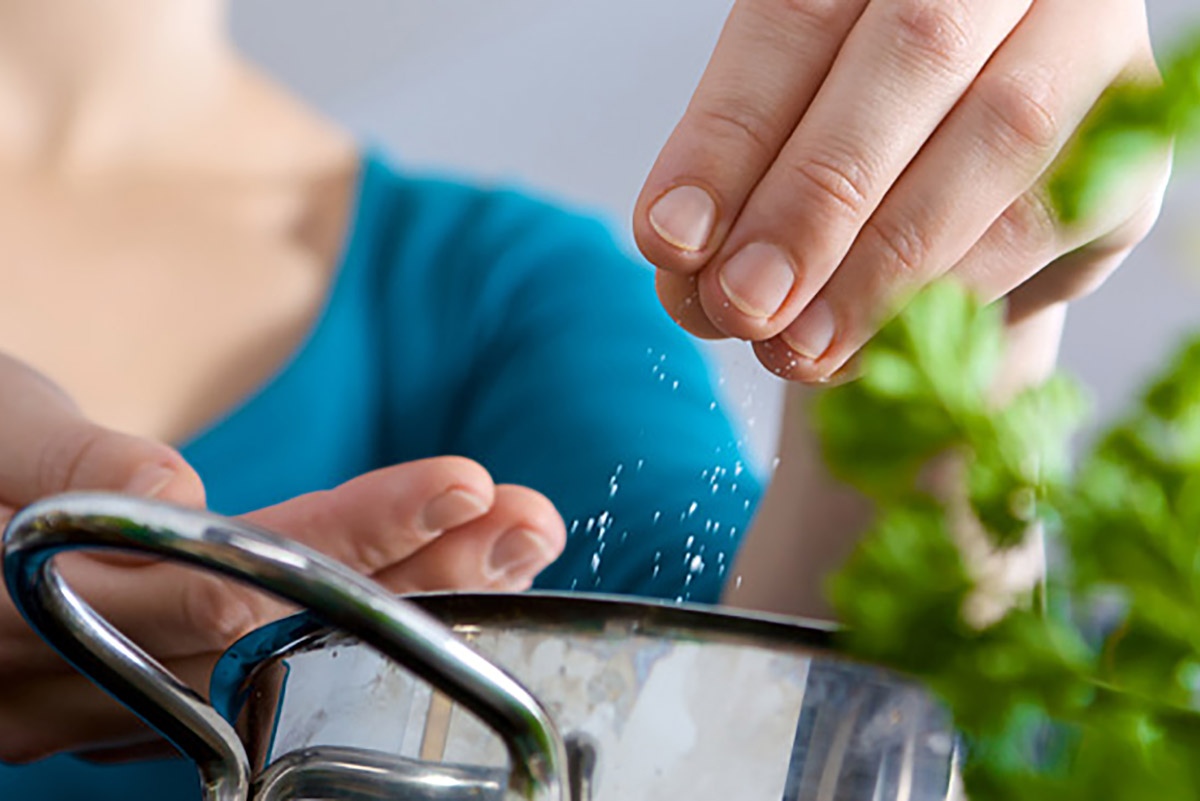Take a look in a cookbook and you’ll find that most recipes include the simple and innocent instruction – salt to taste website. Over the years we’ve all read the words a million times and without thinking twice added salt, but more recently the instruction has been branded confusing.
Couple this with the amount of low salt campaigns doing the rounds, it’s not surprising that most of us will choose to disregard the instruction. But instead of just ignoring it, perhaps it’s time to find out whether this simple instruction is necessary.
As an ingredient in dishes, salt plays two important roles. Firstly, it reduces bitter flavours and secondly because it reduces bitterness, adding salt will allow the aroma and taste of other ingredients in a dish to shine through.
Whilst we understand the role that salt plays within the cooking process, it is often the ‘to taste’ part that trips many people up. So, what does to taste actually mean?
To taste means to add salt whilst continuing to taste the dish throughout the cooking process. By slowly adding salt you won’t fall into the trap of adding too much and instead achieve the perfect amount of seasoning. Training your palate is key to salting your food correctly. Start by ignoring the instinct taste for saltiness and instead ask yourself how all the flavours are coming through. What you’re trying to achieve is food that tastes most like its self.
So, next time you see the three little words salt to taste, don’t ignore them because of the low salt campaigns. Try adding a pinch of salt, then tasting your dish and continue to do this, until you are happy with the overall flavour. After all if you have a bitter dish, a little salt might be just the fix it needs!

